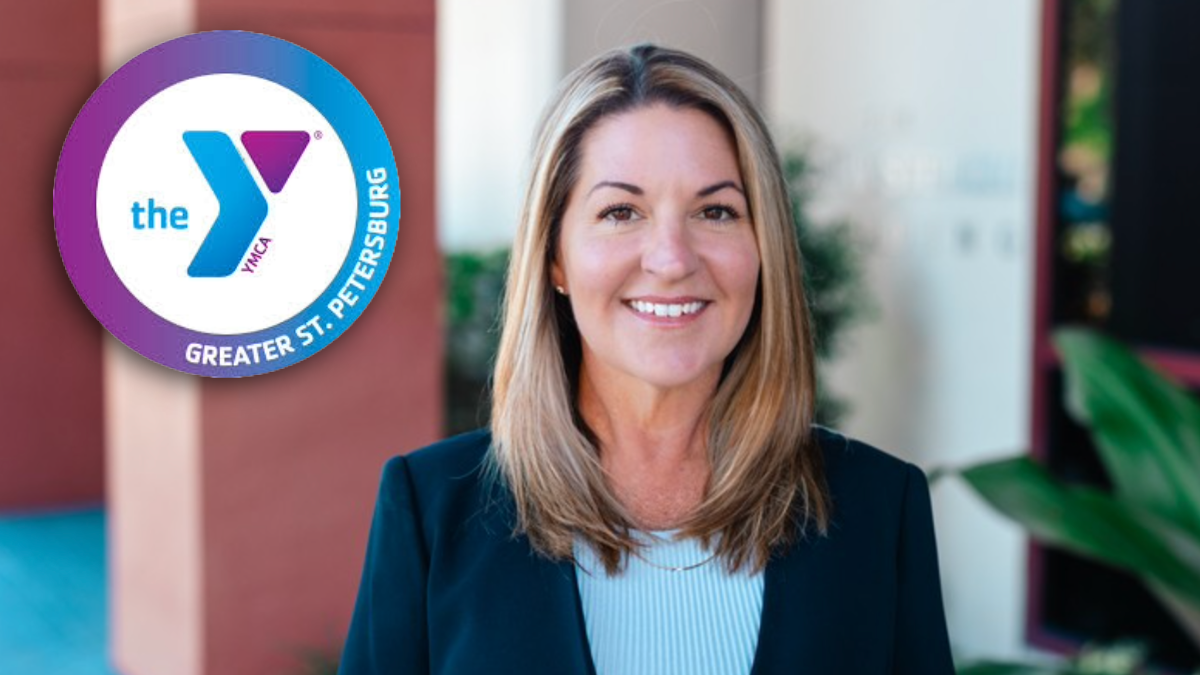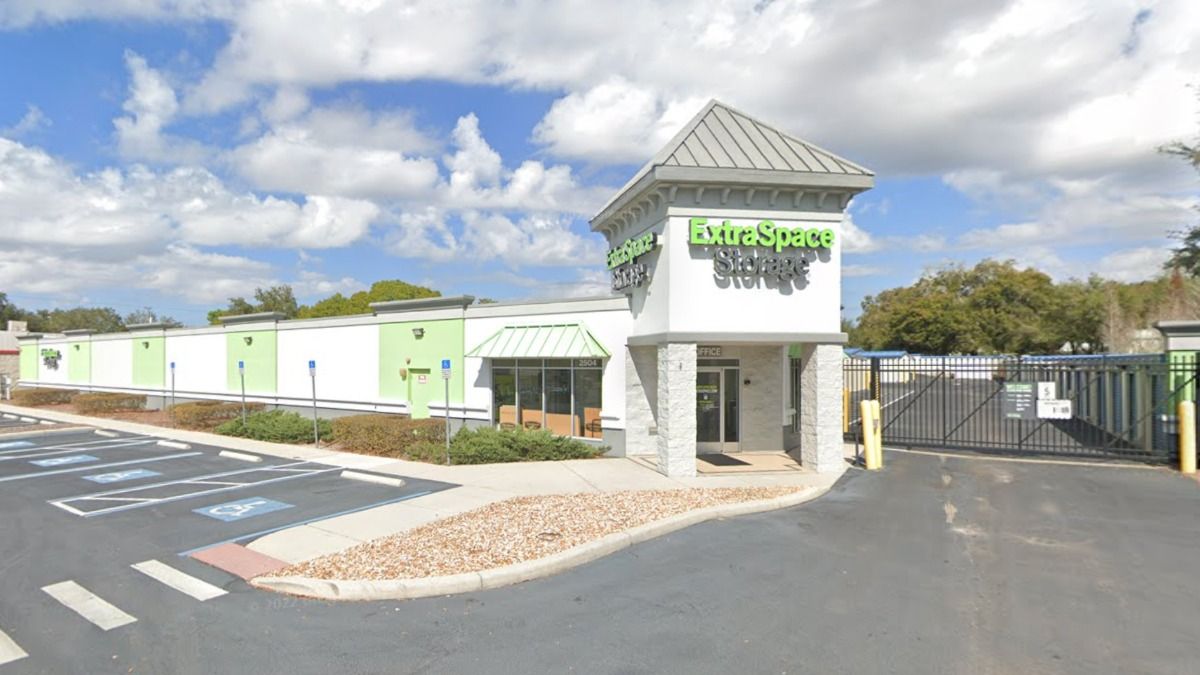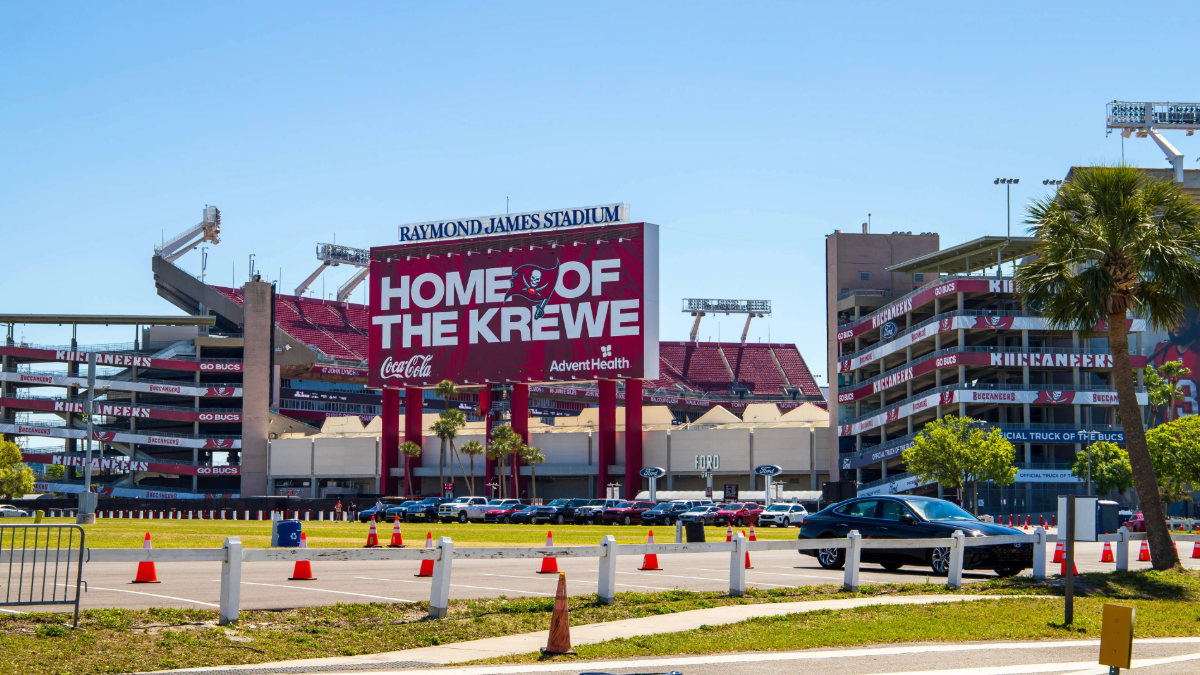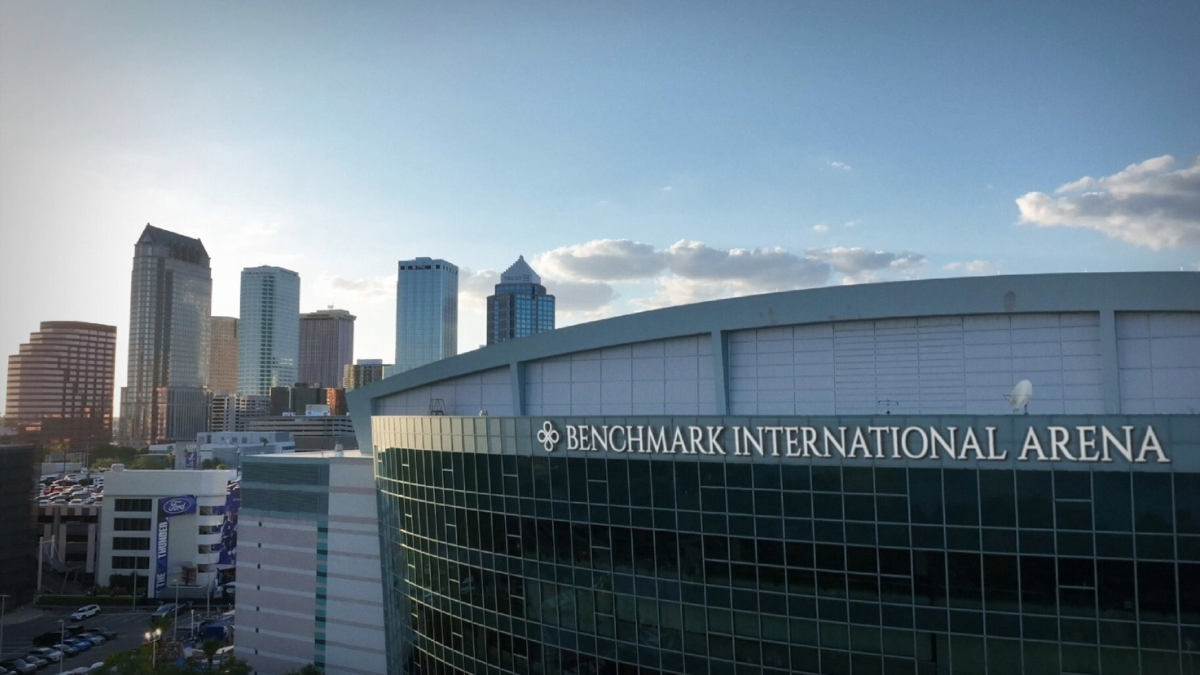This is contributed content by Jennifer Rominiecki, president and CEO of Marie Selby Botanical Gardens.
There is no singular approach for getting through the COVID-19 economic crisis.
But at Marie Selby Botanical Gardens in Sarasota, they adopted nearby Historic Spanish Point (in the Osprey area of Sarasota County) as a companion campus to their downtown location, with the idea that two nonprofit cultural institutions will be stronger, as one organization.
Mergers and acquisitions are a common growth tool in the for-profit world because they allow businesses to achieve economies of scale and grow their customer base. And where it makes sense, mergers could become a more frequently used mechanism for nonprofits to better navigate an uncertain economy.
Selby Gardens was able to save the iconic Historic Spanish Point property as a 30-acre bayfront destination showcasing native Florida plants. So why did this strategy make sense for Selby Gardens and what should you look for to see if a merger would make sense for your organization?
Before COVID-19 shutdowns occurred. Selby Gardens had worked strategically to diversify its revenue streams and strengthen its finances. As a result, they were well-positioned to adopt Historic Spanish Point – especially since the nonprofits’ missions and business models are extremely similar. They are confident that this merger will be a success and that when their sites are allowed to reopen, they will be able to financially rebound.
They are working from a solid financial foundation, thanks to implementing what they call The Living Museum operational model and creating mutually beneficial partnerships for ancillary services such as rentals, catering and retail that help drive diversified earned revenues to fund the core mission.
Thanks to these changes, last year they eliminated debt for the first time since Selby Gardens opened its doors in 1975, while seeing a 70% increase in earned revenues over a five-year period (including a 55% increase in admissions and a 67% increase in membership to 14,000 member households).
The local community needs to be the backbone of an organizations philanthropy and visitor revenue.
Make it a priority to create reasons for people to frequently repeat their visits.
From that goal, The Living Museum model was created and eventually trademarked.
The Living Museum features a continuous series of rotating exhibitions, some of which put internationally renowned artwork in dialogue with innovative floral displays from the horticulture team. Visitors have had an opportunity to learn about artists such as Marc Chagall, and Andy Warhol, through the lens of their connection to nature and flowers. These exhibits are wildly popular: for example, Salvador Dali: Gardens of the Mind had record-breaking attendance this spring, driving more than $1.5 million in revenue for the 37 days before COVID-19 closures took effect. (They reopened outdoor areas May 27, with strict guidelines to provide for a safe experience.)
These heavily attended exhibits are the result of a dynamic collaboration between horticulture, education and marketing teams. The operating model also includes the creation of related events, cultural offerings and educational programs; to embrace key themes through every aspect of what becomes a multi-sensory, interdisciplinary experience. In turn events, programs, merchandise, food, marketing and other elements are tied to the special exhibit on view.
Besides paying down long-term debt, Selby used revenue generated by The Living Museum model to hire two additional Ph.D. botanists, expand educational programming and fund outreach programs to underserved youth in our community.
Previously, Selby Gardens was dabbling in ancillary services for facility rentals and food service, but struggling to capitalize on the opportunity while shouldering the majority of the burden. Ultimately, the return on investment was small and the quality of customer experience varied widely.
Today, they have one preferred vendor that handles both functions and the quality and reliability have improved tremendously. In turn, Selby Gardens is now able to earn more revenue even as they host fewer rentals.
So when we heard from the Gulf Coast Community Foundation, in Venice, that Historic Spanish Point might be interested in a merger, they did not shy away. Ultimately the mission, geography and resources are so similar that both nonprofits’ boards saw it as a perfect match.
There was an initial cost of paying down Historic Spanish Point’s line of credit, while also assuming its approximately $900,000 annual operating budget, including the payroll for its 16 full- and part-time staff members.
While this next calendar year will be challenging, in the long run, it is believed the Historic Spanish Point campus has the potential to be just as successful as the original campus, especially because of its 5,000 years of history to weave into educational programs; beautiful historic structures and gardens for visitors; and pristine bayfront location well-suited for accommodating events.
As other nonprofits consider mergers, there are some key questions to answer.
- Will the two organizations’ staffs mix well in terms of culture and values?
- Will the new entity grow membership and financial support in new geographic areas?
- Are there compelling possibilities for joint marketing?
- And will the community see the merger as a positive?
In this case, the answer to all these questions was yes, which is the merger was pursued. And while a merger is not for everyone, around the country others are seeing this as a compelling option in their communities as well.
Marie Selby Botanical Gardens and Historic Spanish Point will be more powerful together. And as all face an unpredictable future, a merger can be an idea that nonprofits should consider if it makes sense for them.

Jennifer Rominiecki has been President and CEO of Marie Selby Botanical Gardens in Sarasota since 2015. Before coming to Selby Gardens, Jennifer had 20 years of experience at major New York City cultural institutions, having served for 15 years at The New York Botanical Garden in addition to The Metropolitan Opera and the Solomon R. Guggenheim Museum.












